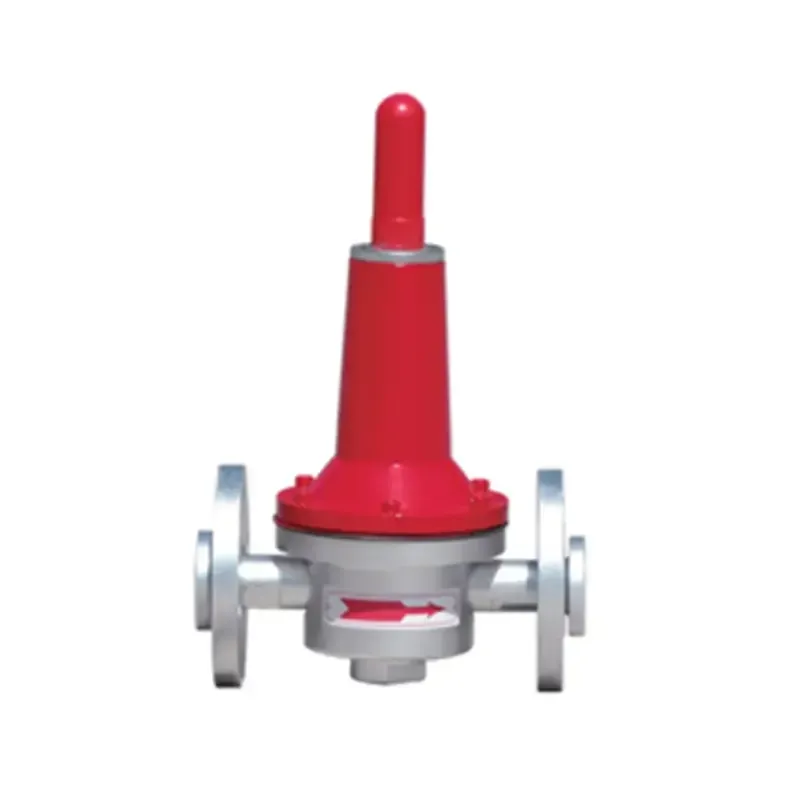
Nov . 27, 2024 01:55
Back to list
Natural Gas Equipment for Efficient Energy Solutions and Sustainable Development
The Equipment of Natural Gas An Overview
Natural gas, a vital source of energy used globally for heating, electricity generation, and as a feedstock for producing chemicals, relies heavily on specialized equipment for its extraction, processing, transportation, and consumption. The equipment involved in the natural gas industry is engineered to ensure safety, efficiency, and environmental sustainability. This article provides an overview of the key types of equipment associated with natural gas operations, highlighting their roles and importance.
1. Extraction Equipment
The journey of natural gas begins underground, where it is extracted from large reservoirs. The primary piece of equipment in this process is the drilling rig. These rigs are sophisticated structures capable of drilling deep into the earth to reach gas deposits. They come in various forms, such as land rigs and offshore rigs, each designed for specific environments. Advanced drilling technologies, including horizontal drilling and hydraulic fracturing (fracking), have revolutionized extraction methods, allowing access to previously unreachable gas reserves.
Other important extraction equipment includes gas compressors and separators. Compressors increase the pressure of the extracted gas, facilitating its movement through pipelines. Separators, on the other hand, remove impurities and separate raw gas from liquids and solids, ensuring that the quality of the natural gas meets transportation and market standards.
2. Processing Equipment
Once extracted, natural gas undergoes several processing steps to remove contaminants such as water, carbon dioxide, hydrogen sulfide, and heavier hydrocarbons. This processing is essential to produce high-purity natural gas suitable for consumers.
The crucial equipment in this phase includes
- Gas Treaters These units are responsible for removing impurities. Amine gas treating systems, for instance, use chemical solvents to eliminate acidity from the gas.
.
- Dehydrators These systems remove water vapor from natural gas, preventing pipeline corrosion and hydrate formation. Common dehydration methods include glycol dehydration and molecular sieve technology.
معدات الغاز الطبيعي

3. Transportation Equipment
Transportation of natural gas from production sites to end users is typically done through an extensive network of pipelines. Compressor stations are strategically placed along pipelines to maintain gas pressure and ensure smooth flow. Other transportation equipment includes
- Pipeline Infrastructure High-pressure pipelines are designed to transport gas over long distances. They are built with robust materials and undergo rigorous testing to ensure safety and integrity.
- LNG (Liquefied Natural Gas) Facilities In regions where pipeline transport is impractical, natural gas can be liquefied to form LNG. LNG terminals include facilities for liquefaction, storage, and regasification, allowing for efficient shipping via specialized LNG carriers.
4. Consumption Equipment
Natural gas is used in a variety of applications, ranging from residential heating to industrial processes. The equipment involved in consumption includes
- Gas Burners Used in residential and commercial settings for heating and cooking, gas burners are designed to maximize efficiency and minimize emissions.
- Combined Cycle Power Plants These plants use natural gas to generate electricity. They incorporate gas turbines and steam turbines to ensure high efficiency and lower carbon emissions compared to traditional coal-fired plants.
- Industrial Boilers Natural gas is a common fuel in manufacturing, where boilers are essential for producing steam and hot water.
Conclusion
The equipment associated with natural gas plays a crucial role in the energy landscape, facilitating the extraction, processing, transportation, and consumption of this vital resource. As the world increasingly shifts towards cleaner energy sources, understanding and improving the efficiency of natural gas equipment will be essential. Innovations in technology and sustainable practices will continue to shape the industry, ensuring that natural gas remains a key player in the global energy mix.
Latest news
-
Safety Valve Spring-Loaded Design Overpressure ProtectionNewsJul.25,2025
-
Precision Voltage Regulator AC5 Accuracy Grade PerformanceNewsJul.25,2025
-
Natural Gas Pressure Regulating Skid Industrial Pipeline ApplicationsNewsJul.25,2025
-
Natural Gas Filter Stainless Steel Mesh Element DesignNewsJul.25,2025
-
Gas Pressure Regulator Valve Direct-Acting Spring-Loaded DesignNewsJul.25,2025
-
Decompression Equipment Multi-Stage Heat Exchange System DesignNewsJul.25,2025

